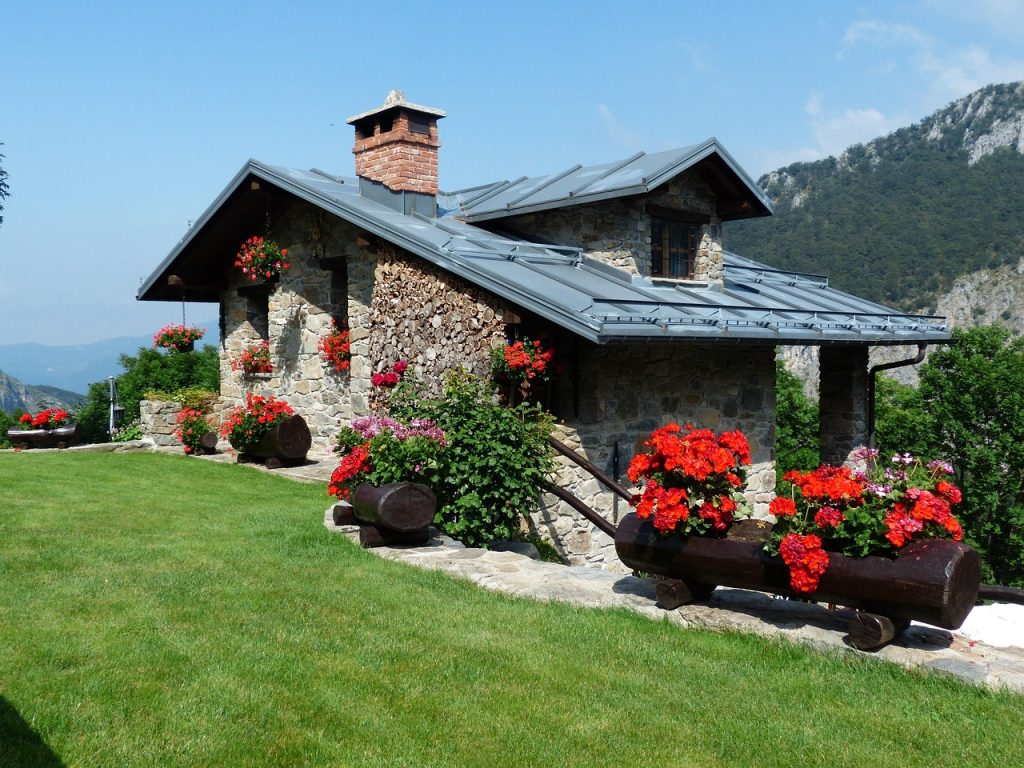
Fall is the perfect time to check your home’s chimney for problems. As temperatures drop, many Toronto homeowners rush to light their first fire of the season without proper inspection. Chimney repair services Toronto companies report a surge in emergency calls during the first cold snap when overlooked issues suddenly become obvious problems. Let’s look at why addressing chimney concerns before winter arrives makes good sense.
Warning Signs You Can’t Ignore
Cracks in your chimney’s masonry might seem minor but can quickly worsen with freeze-thaw cycles. Water seeps into these cracks, freezes and expands, making small problems much bigger by spring.
Strange odors coming from your fireplace often indicate creosote buildup or animal nesting. Chimney repair services Toronto professionals can remove these fire hazards before you need your fireplace.
Pay attention to these common warning signs:
- White staining (efflorescence) on brick
- Rusted damper or firebox components
- Spalling bricks (flaking, breaking, or powdering)
- Water damage around the fireplace
- Chunks of tile or debris in the firebox
- Mortar falling from between bricks
- Chimney leaning or tilting
Why Timing Matters
Scheduling repairs in fall helps you beat the winter rush. Most chimney companies become extremely busy once cold weather sets in, often leaving homeowners waiting weeks for service.
Repairs completed during mild weather typically last longer. Mortar and masonry materials cure more effectively in moderate temperatures, ensuring better long-term results.
Many chimney issues worsen dramatically during winter months. What might be a simple fix in September could become a major structural problem by January if left unaddressed.
Common Repairs and Their Importance
Flashing repairs prevent water from entering where your chimney meets the roof. This relatively inexpensive fix prevents costly water damage to your home’s interior structure.
Liner replacements protect both your home and family. Damaged liners allow heat and combustion gases to reach flammable parts of your home, creating serious safety hazards.
Masonry repairs maintain your chimney’s structural integrity. Deteriorating brick and mortar can eventually lead to a dangerous collapse if not addressed promptly.
Most common chimney services include:
- Chimney cap installation or replacement
- Crown repair or replacement
- Tuckpointing (mortar joint repair)
- Damper repair or replacement
- Smoke chamber parging
- Creosote removal
- Waterproofing treatments
- Flue liner installation
DIY Inspection Tips
Check your chimney’s exterior for visible damage with binoculars. Look for cracked bricks, crumbling mortar, or a leaning structure from ground level.
Examine your firebox for damaged firebrick or missing mortar. These interior components face extreme heat and often need repair before exterior masonry shows problems.
Look for water stains on ceilings near your chimney. These often indicate leaks that may not be visible from the outside.
Finding Reliable Professionals
Ask about WETT certification when calling chimney repair companies. Wood Energy Technology Transfer (WETT) certified technicians have specialized training in fireplace and chimney systems.
Request references from past customers with similar repair needs. Experienced professionals should have plenty of satisfied clients willing to share their experiences.
Compare written estimates from at least three reputable companies. Detailed quotes help you understand exactly what work is needed and prevent surprise costs.
Cost Considerations
Basic chimney cleanings typically range from $150-$300 in the Toronto area. This preventive maintenance can help identify problems before they require major repairs.
Mid-range repairs like crown replacement or tuckpointing usually cost between $500-$2,000. These repairs solve moderate issues that could lead to bigger problems if ignored.
Complete rebuilds become necessary when chimneys have been neglected for years. These major projects can cost $3,000-$10,000 depending on chimney size and accessibility.
Taking care of chimney issues before winter arrives saves money, prevents emergencies, and ensures your fireplace is ready when you need it most. A small investment now prevents bigger headaches when temperatures drop.





